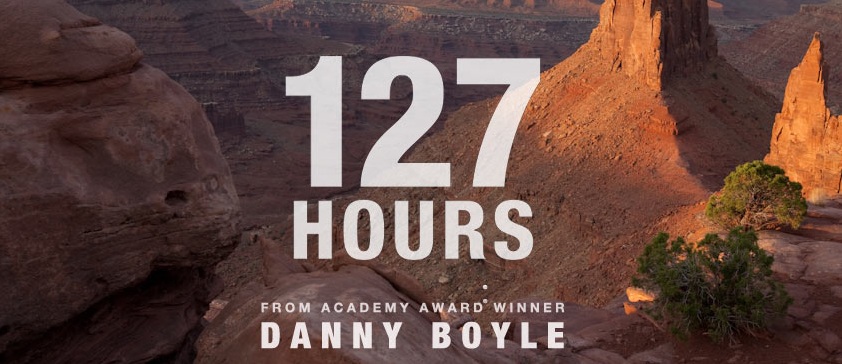It was really useful doing the preliminary task at the beginning because it was a small less complicated practise for the main task. The planning for the main task was a lot more indepth, for example the cast lists, the props and the set. The preliminary task was more of a spontaneous approach and we used anyone that was around for our cast and did it in the nearest room. We also stuck to a simple script which we couldn't alter whereas for the main task we were able to make the plot completely our own.
I also feel like I have learnt a lot from the progression since doing the preliminary task. By having to do so much work into our main task, it became easier to know what to do and how to set out our thriller. In terms of camera angles and composition, it was really useful to have done the preliminary task and meant I had learnt from it. My knowledge of storyboarding and camera angles has also improved since then. As it was a thriller, we had to think more about shots which created suspense and atmosphere but at the same time being interesting compositions. In the preliminary task, we stuck to a storyboard with dialogue which meant it wasn't as interesting and was a lot more basic. I feel I have definitely progressed since then.
I think my camerawork has definitely improved because before the preliminary task I was unsure of how to set up the camera and even how to make sure it was on properly. Now I think it is a lot easier having had the practise from it. In our preliminary task we were able to have a lot of practise from shots such as eyeline matches, close ups and keeping to the 180 degree rule. This was also evident in our thriller because of having had practise from it before. We included close ups in our thriller to create suspense and make it more real with the viewer seeing what the detective is doing. We also framed the shots well with eyeline matches for example, Holly looking over to Sam. I feel our skills have improved since the preliminary task in terms of these things.
In terms of using sound, I feel my experience of using it has definitely improved. For our preliminary task, because it was so basic we didn't use any sound. This was also because our knowledge for using it and editing was not as good as it is now after doing our thriller. My use of using sound has definitely developed as we used all sorts of sound effects in our thriller. We used music to build suspense which shows my development, whereas for the preliminary we didn't use sound effects because it was more simple and I had less knowledge of how to use it.
Using final cut and after effects was a whole new experience. Before when doing the preliminary task my knowledge was limited in final cut, but now after doing our thriller I feel more comfortable with the program. I am now more comfortable with how we edited our product in terms of using sound and even adding in the credits. This was all quite basic after practising it but had I gone straight into final cut after never using it for the preliminary task I think I may have struggled.















